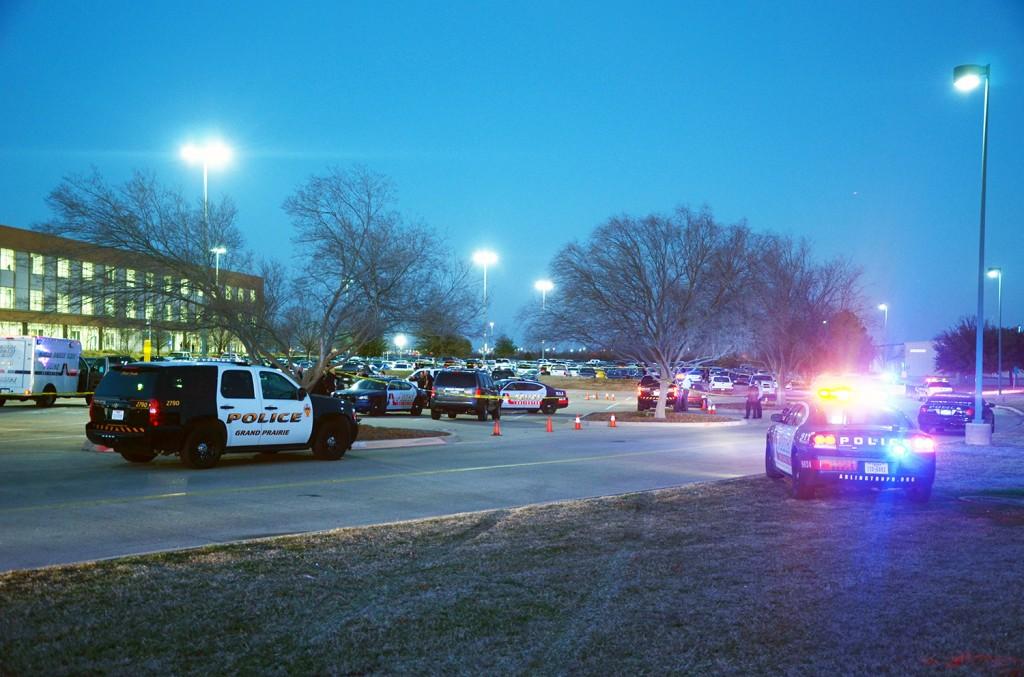By Tabitha Redder/nw news editor
Soon student government associations on all TCC campuses will operate under one district constitution instead of each running separately.
SGA presidents from each campus have been working on creating the document with administrators for almost a year and a half.
District administrators decided too many differences existed between the SGAs on each campus. Because SGA isn’t really a club or organization as much as it is a governing body of students, the constitution should be the same throughout the whole district.
“We took a look at the current SGA constitutions on each campus and pulled together the best from those documents,” South Campus vice president for student development services Larry Rideaux said. “We want to make sure our SGAs are united and their concerns, needs and wants are at the district level.”
Currently, the document is being passed back and forth between the administrators and SGA presidents more peacefully than it was before as they tweak the content.
“Originally, a lot of us were mad that they were forcing us to have a district constitution. It was like we were losing the individuality of our campuses because each campus operates differently,” said NW Campus SGA branch founder and president Michael Gutierrez. “But we came to realize this is what’s best for the student body of the district as a whole.”
TR Campus SGA president Mark Warneke said forming a unified district constitution is good news for everyone.
“When an issue comes up that affects the entire student body, such as tuition increases or mandatory immunizations, the campus SGAs can come together before the board and speak as a unified body on behalf of the entire student population, rather than just six or seven people speaking for one campus,” he said.
The SGA presidents are involved in the creation process of the constitution. Once administrators created the document, the presidents gave their opinions, ideas and suggestions and sent it back to the administration for approval.
“We spent about six hours face-to-face, going over every line of the document,” Warneke said. “We changed some things, and we added quite a bit of content with the purpose of protecting the rights of the students and empowering future SGA representatives.”
The document is flexible to allow each campus room to institute its own bylaws.
Although the new constitution will be implemented soon, students don’t need to worry about an abruptly altered school experience.
Gutierrez said NW Campus’ SGA has been making changes in the constitution over a period of time to avoid a sudden shock of new policies. The addition of the Student Senate and an increase in club control and funding for SGA are just two of the changes NW made as a result of the district constitution.
TR Campus’ SGA will create a new executive board position because it doesn’t currently have a historian officer, and the new constitution requires one.
New districtwide policies will lower the GPA eligibility requirements for an SGA officer position from a 3.0 to a 2.5.
“It’s been a very long process, but in the end, it will be worth it,” Warneke said of the document’s development.
The new constitution is expected to be finished sometime this semester.


























